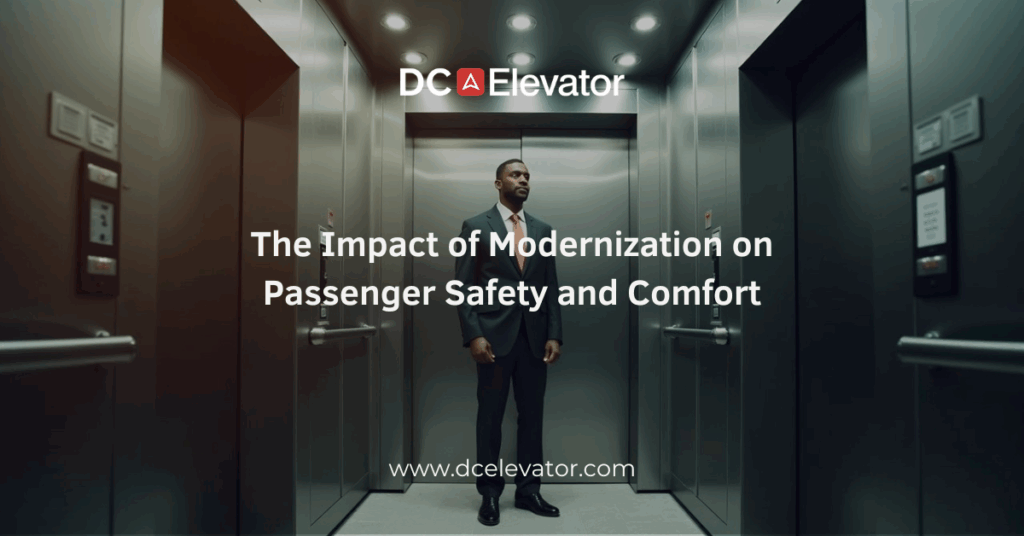Have you ever stepped into an elevator and immediately felt uneasy—dim lighting, odd noises, or jerky movement? These subtle signs can make a lasting impression on passengers and signal deeper safety concerns. For building owners and facility managers, ensuring a smooth and secure ride isn’t just about convenience—it’s about responsibility.
Older elevators, while functional, may not meet today’s safety codes or rider expectations for comfort. Modernization offers a strategic solution, updating key components to reduce risks and create a more welcoming experience. Whether managing an office building, healthcare facility, or residential property, modernization is an investment that pays off in peace of mind and passenger satisfaction.
Why Safety Standards Matter
Elevator safety standards evolve over time. Older systems may lack modern features like advanced braking systems, door sensors, or emergency communication tools—all of which are now considered essential. Inconsistent stops, slow door responses, or outages during power interruptions are not only frustrating but can be dangerous.
Upgrading outdated safety components, such as controllers and door equipment, helps ensure elevators comply with current codes. This reduces liability for property owners and provides peace of mind for riders who depend on elevators daily.
Improved Comfort Translates to Better User Experience
Comfort goes beyond soft landings and quiet rides. It includes aesthetics, ride speed, air circulation, lighting, and even accessibility features. A jolting or noisy elevator creates a negative perception, especially in professional or medical environments where the rider experience matters.
Modernization improves mechanical systems but also gives you the chance to upgrade the cab interior—refreshing lighting, walls, flooring, and control panels. This contributes to a more professional appearance and helps tenants, employees, or visitors feel at ease.
Reducing Downtime and Emergency Repairs
Nothing impacts passenger confidence like a stuck elevator. Frequent service calls not only cause disruptions but also raise safety concerns. Modernization replaces unreliable parts with newer, more durable systems that require less emergency maintenance.
For example, upgrading the control system improves ride performance and streamlines troubleshooting. This ensures fewer unplanned shutdowns and reduces wait times during peak hours.
Long-Term ROI for Building Owners
While modernization is an upfront investment, it often results in significant savings over time. Reduced energy usage, fewer repairs, and extended equipment life make it a financially sound choice. More importantly, it helps protect your most valuable assets—your building’s reputation and the safety of those inside.
Passenger safety and comfort are non-negotiable in today’s buildings. Aging elevators may still function, but they fall short of modern expectations and safety codes. Modernization isn’t just about upgrades—it’s about futureproofing your building and showing your commitment to every person who steps inside.
If your elevator system is outdated or causing complaints, we can help assess whether a modernization project is right for you. Contact us today to schedule a safety and performance evaluation.
